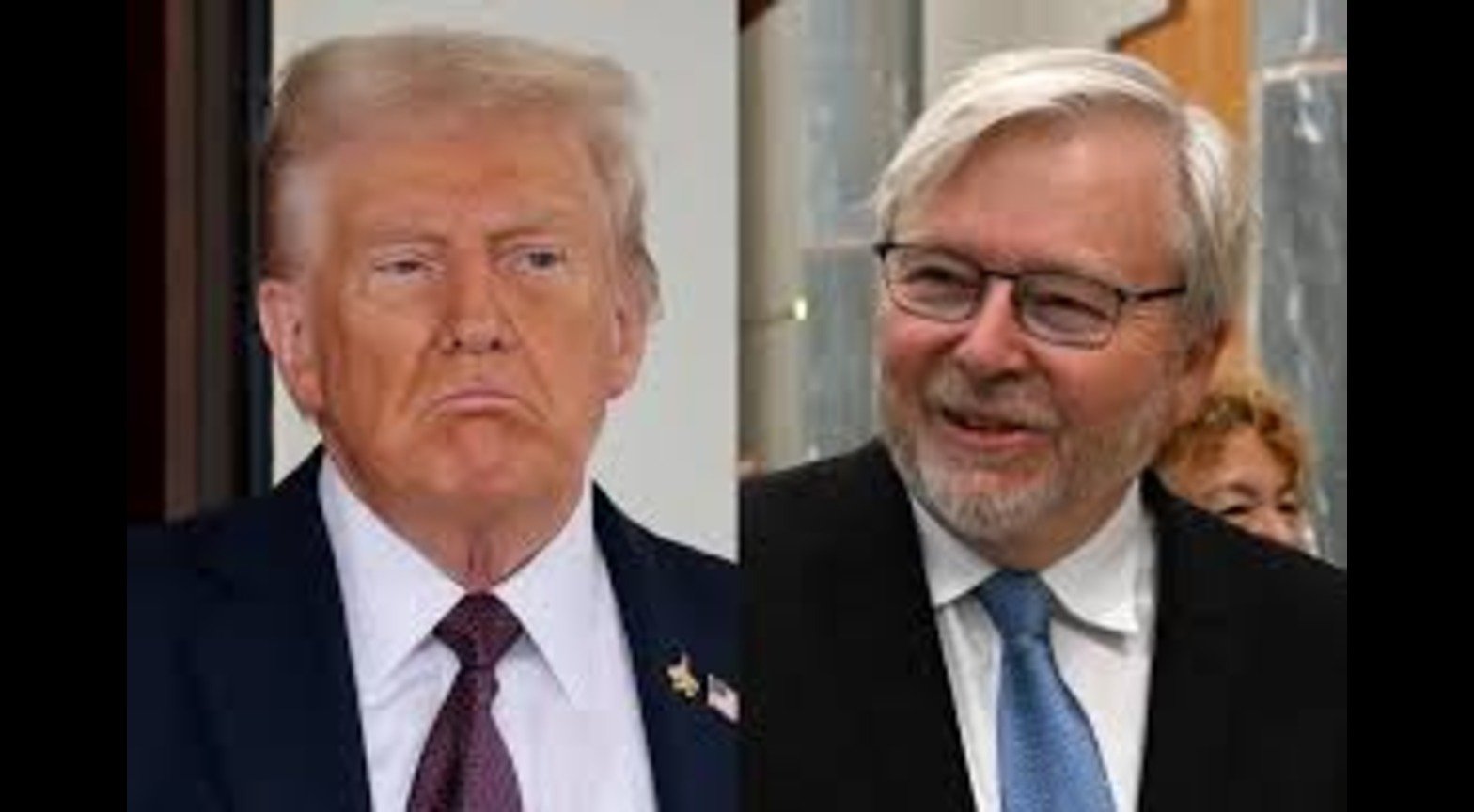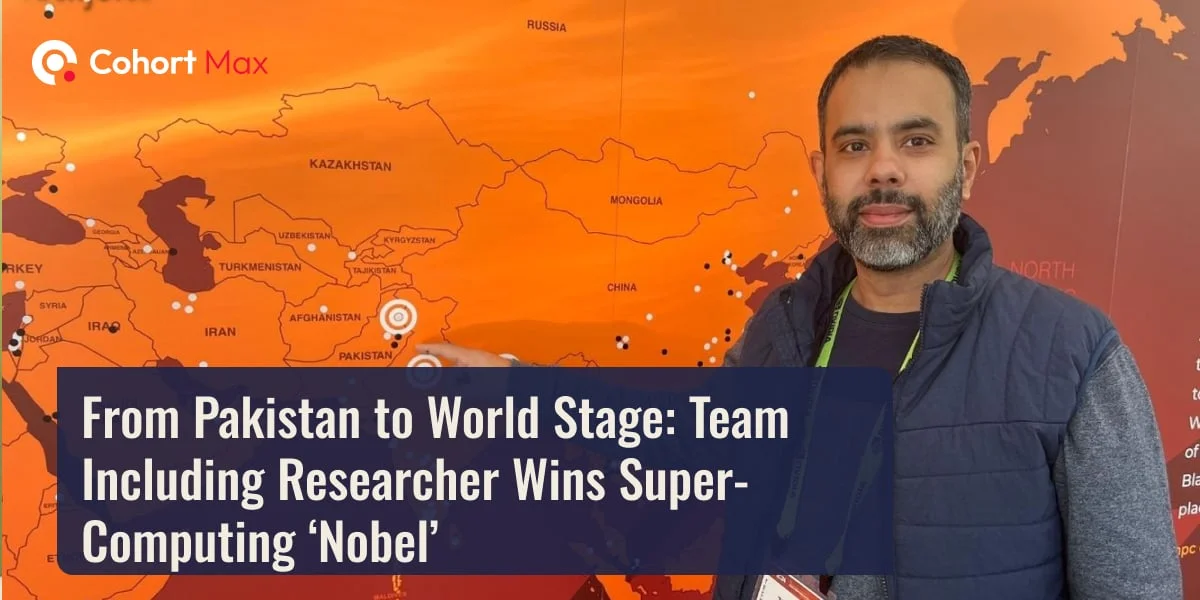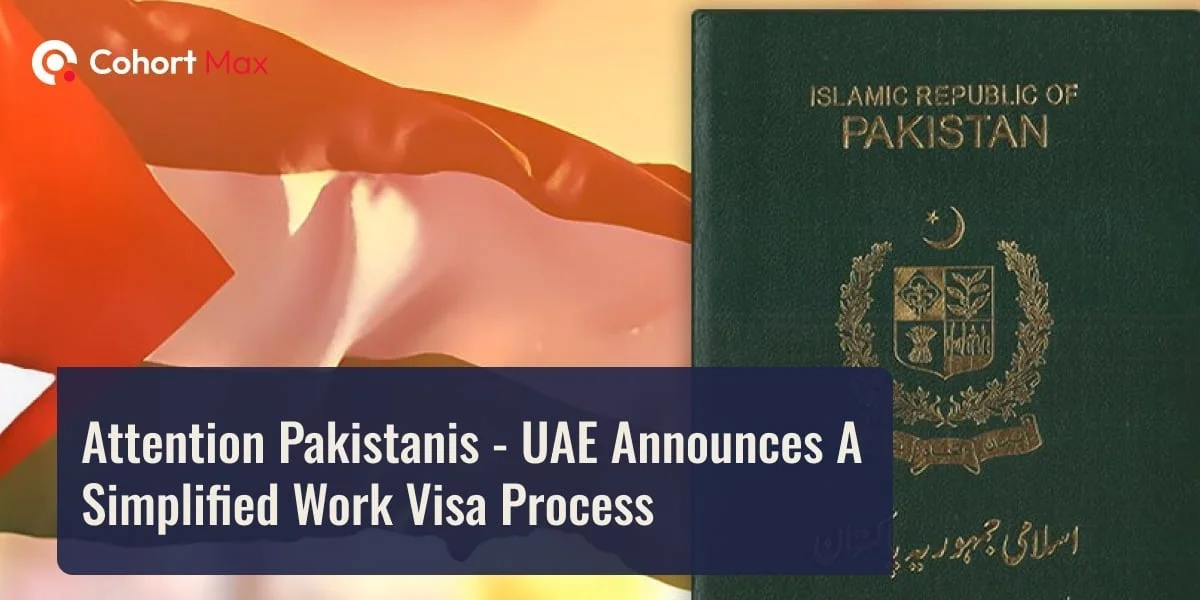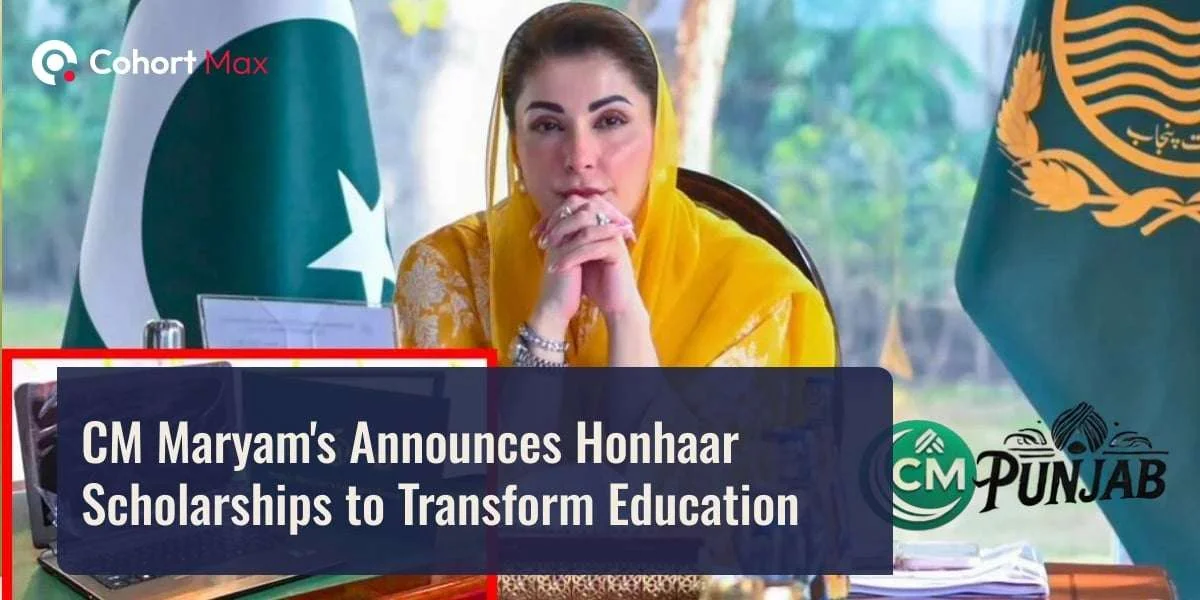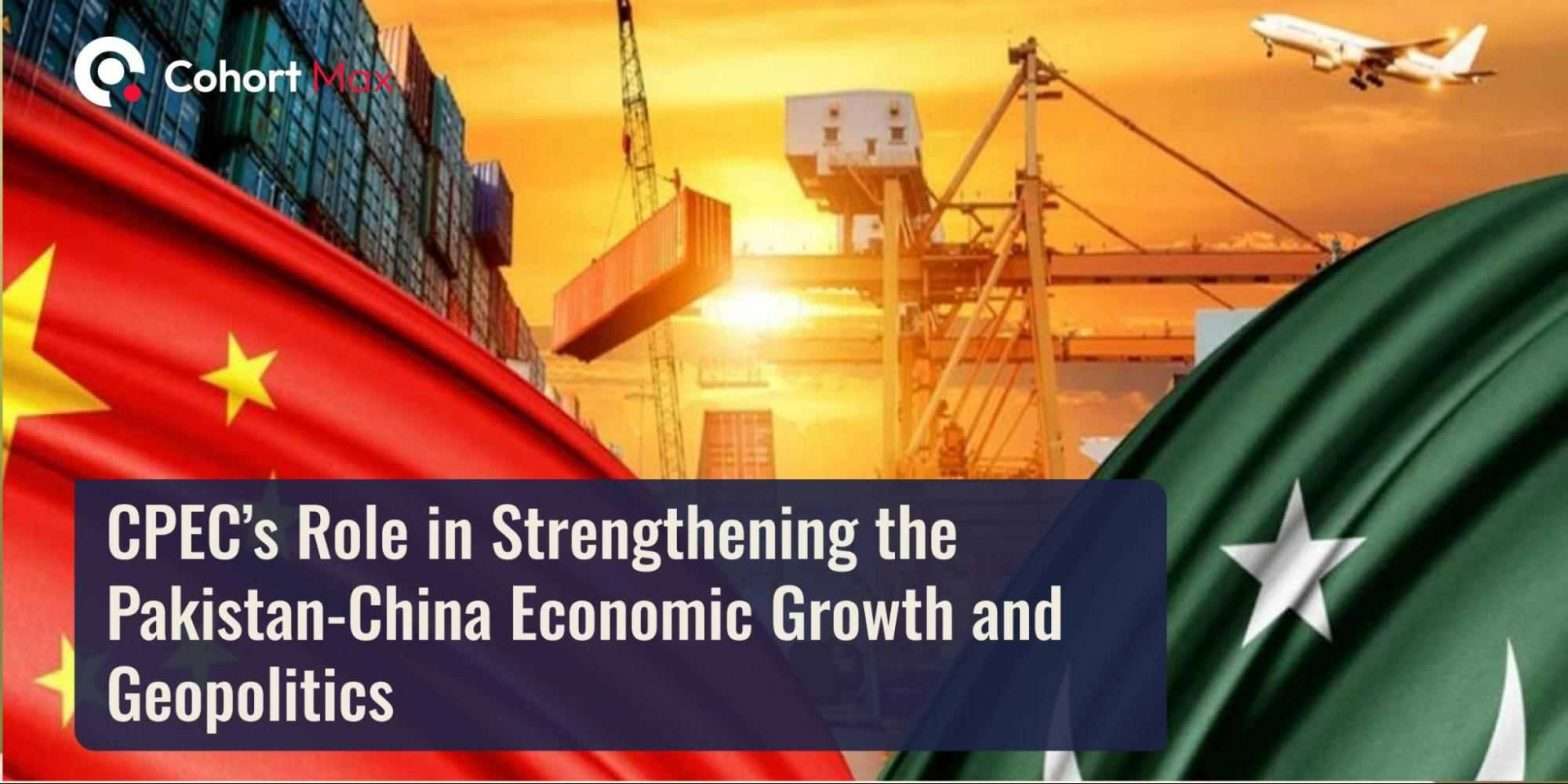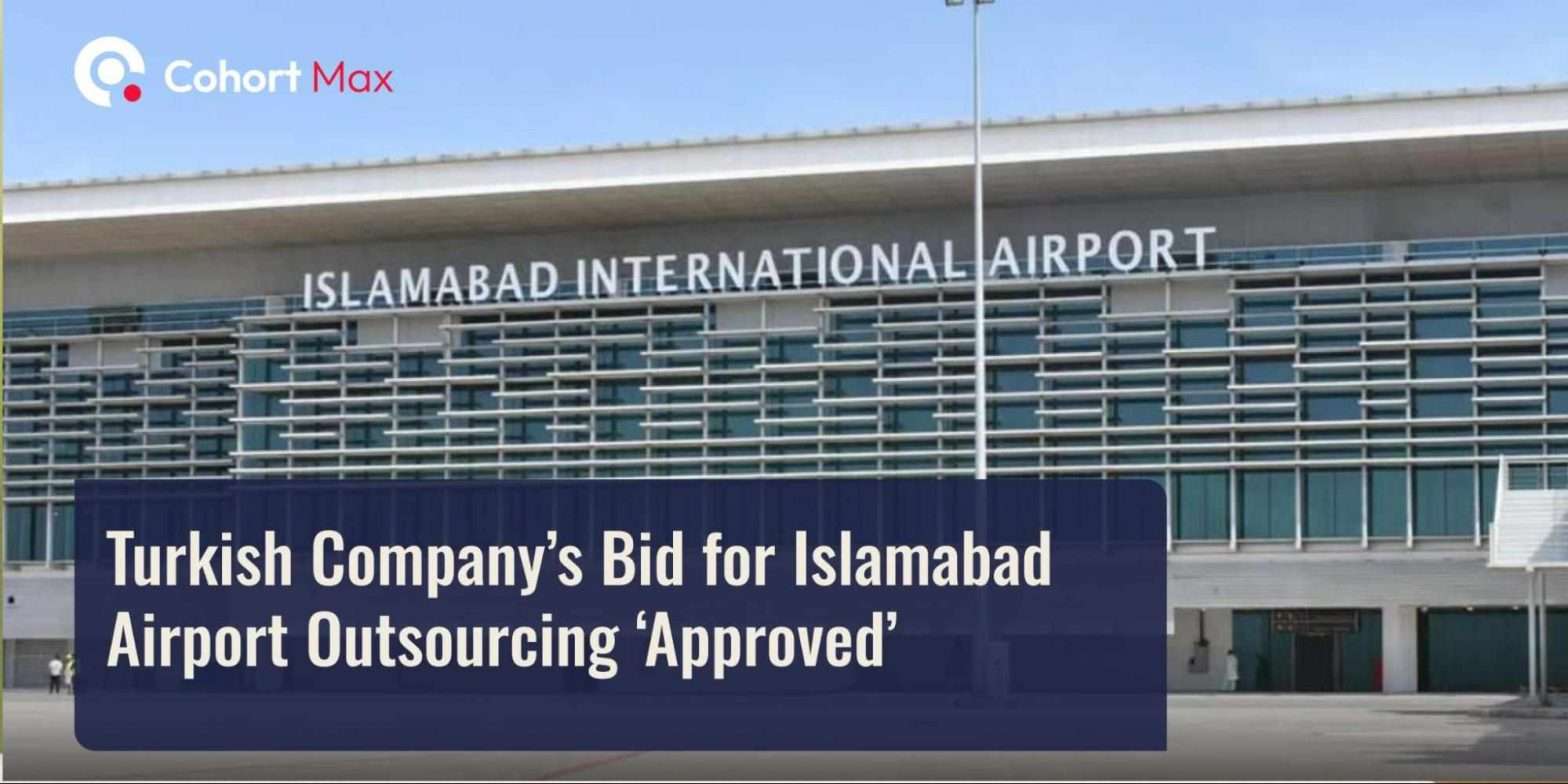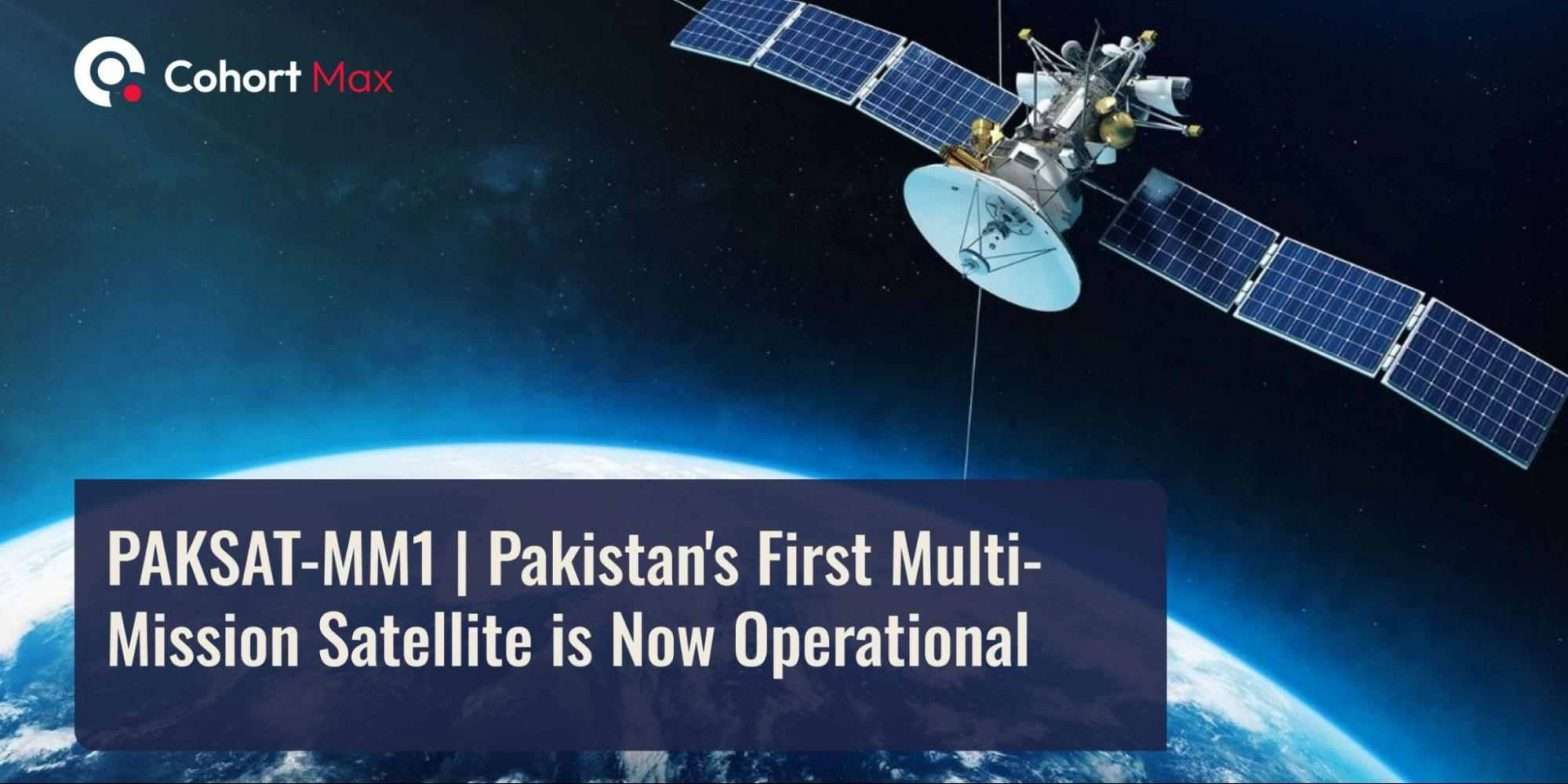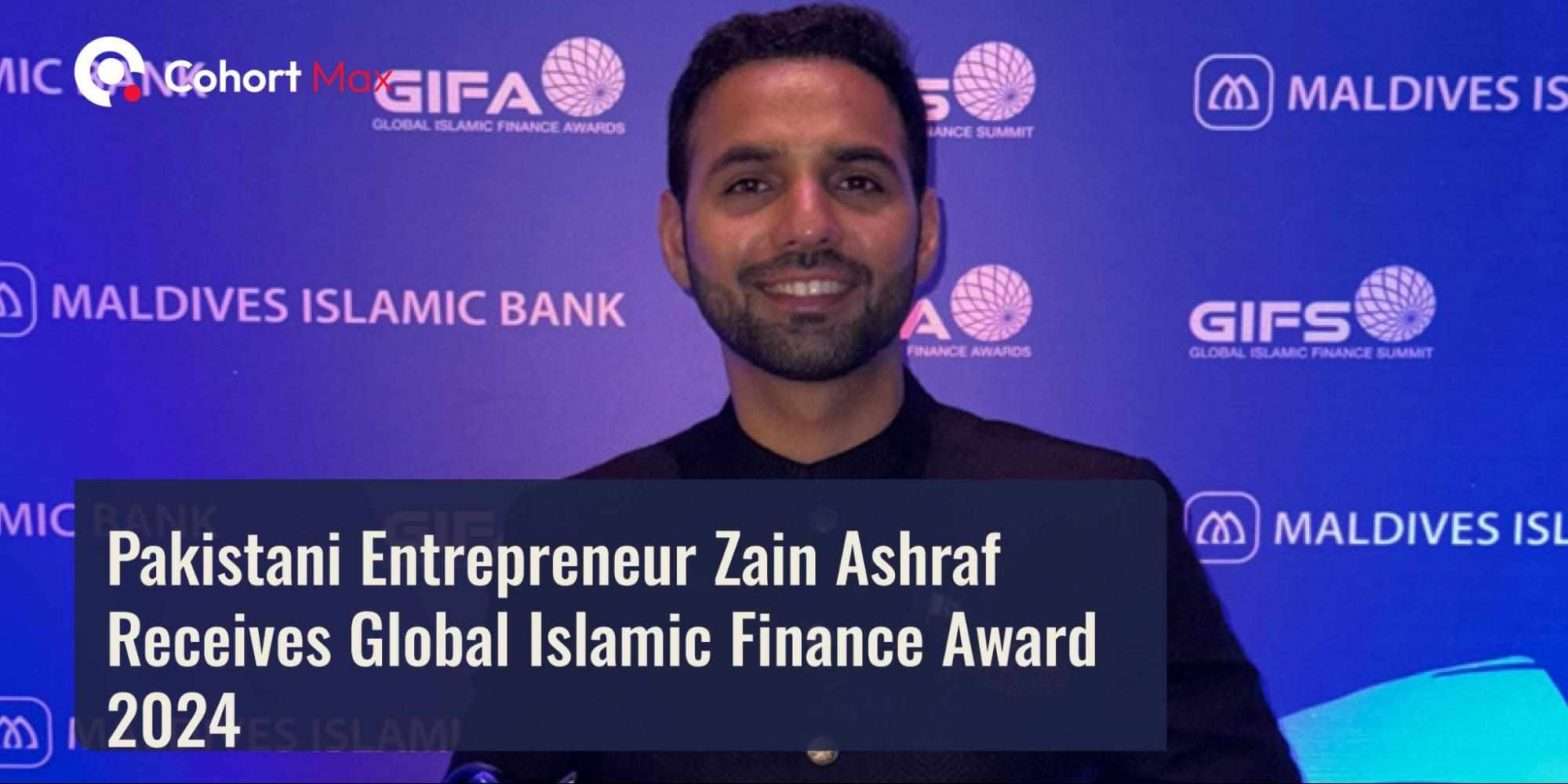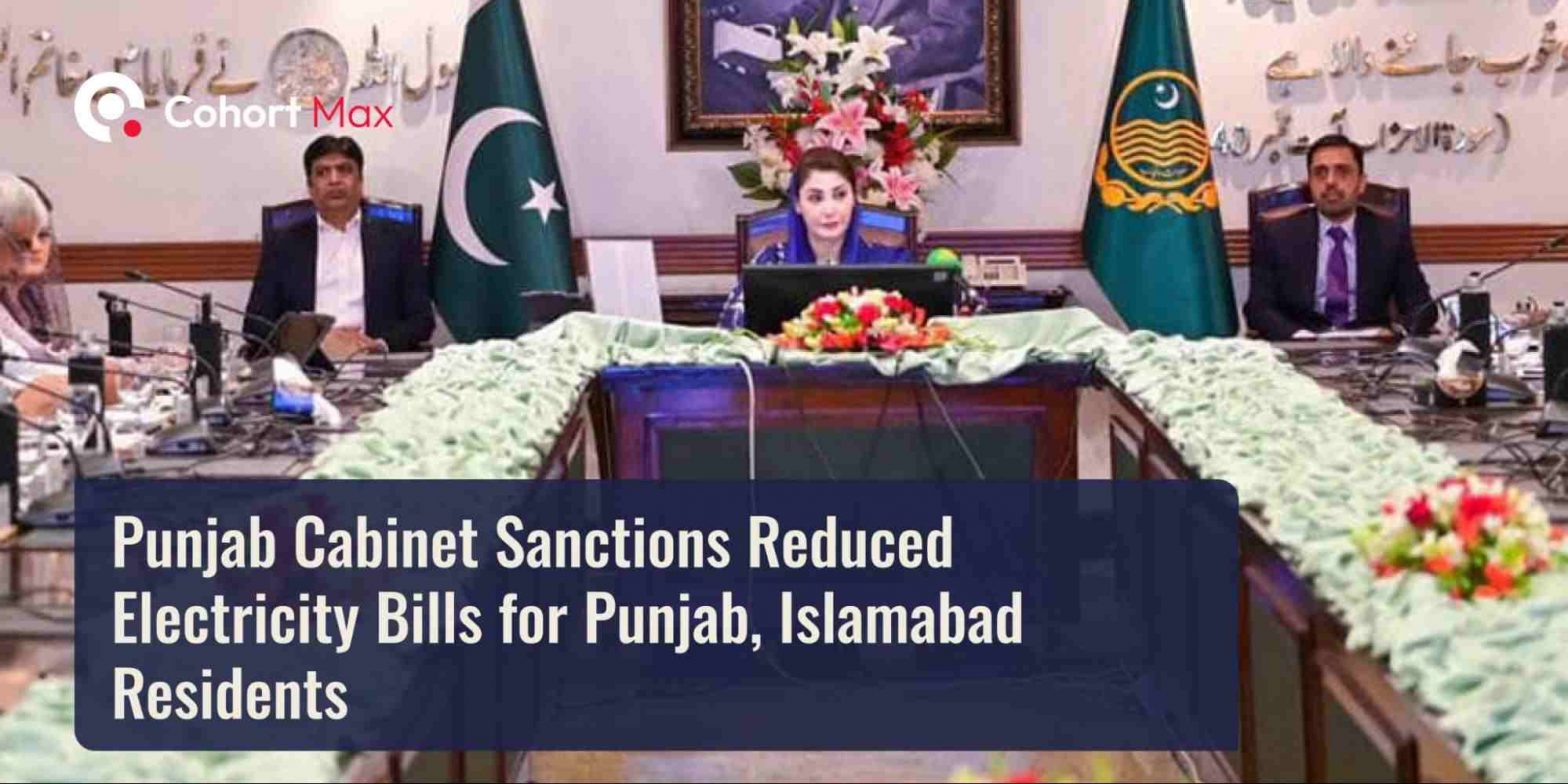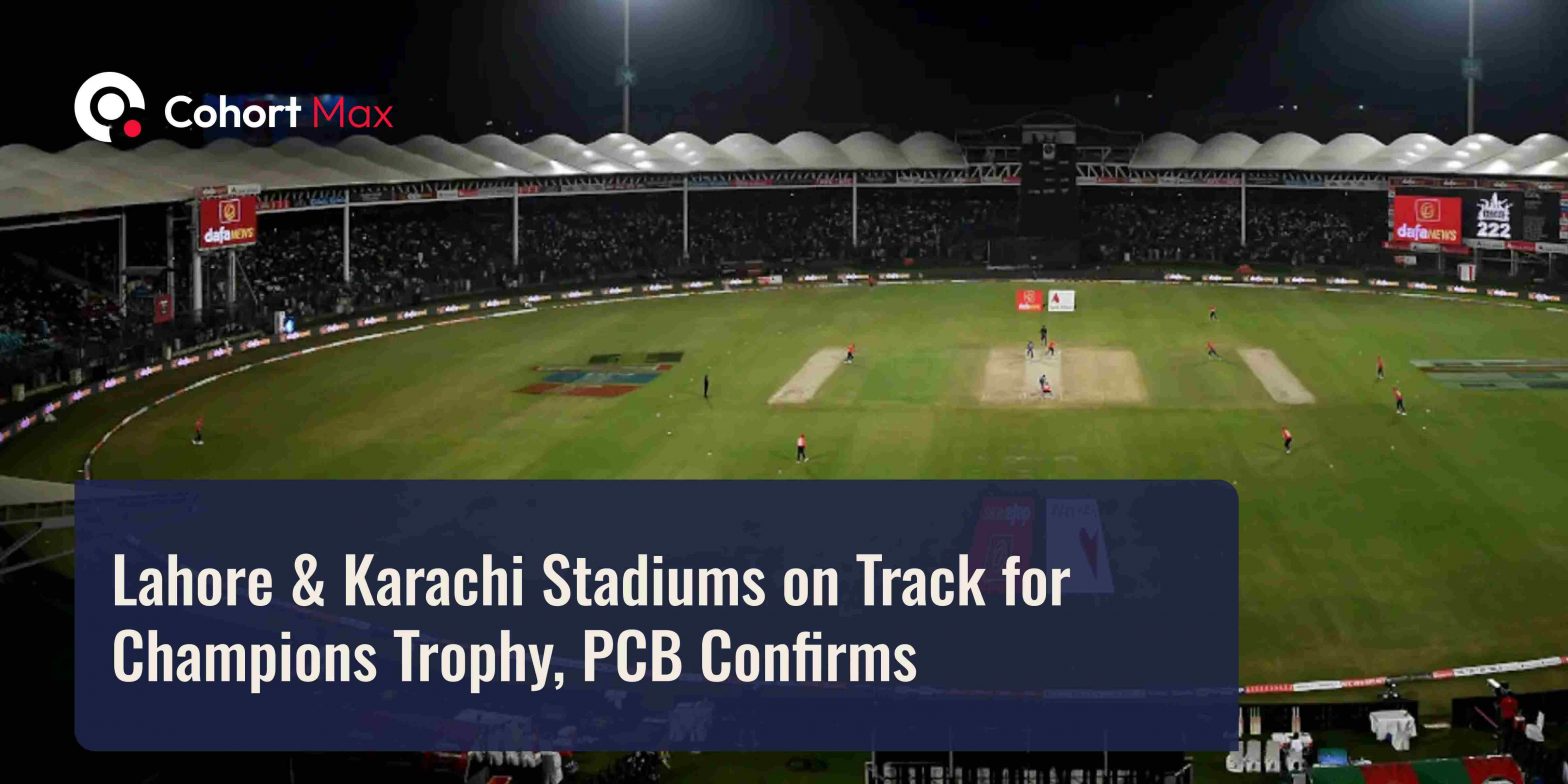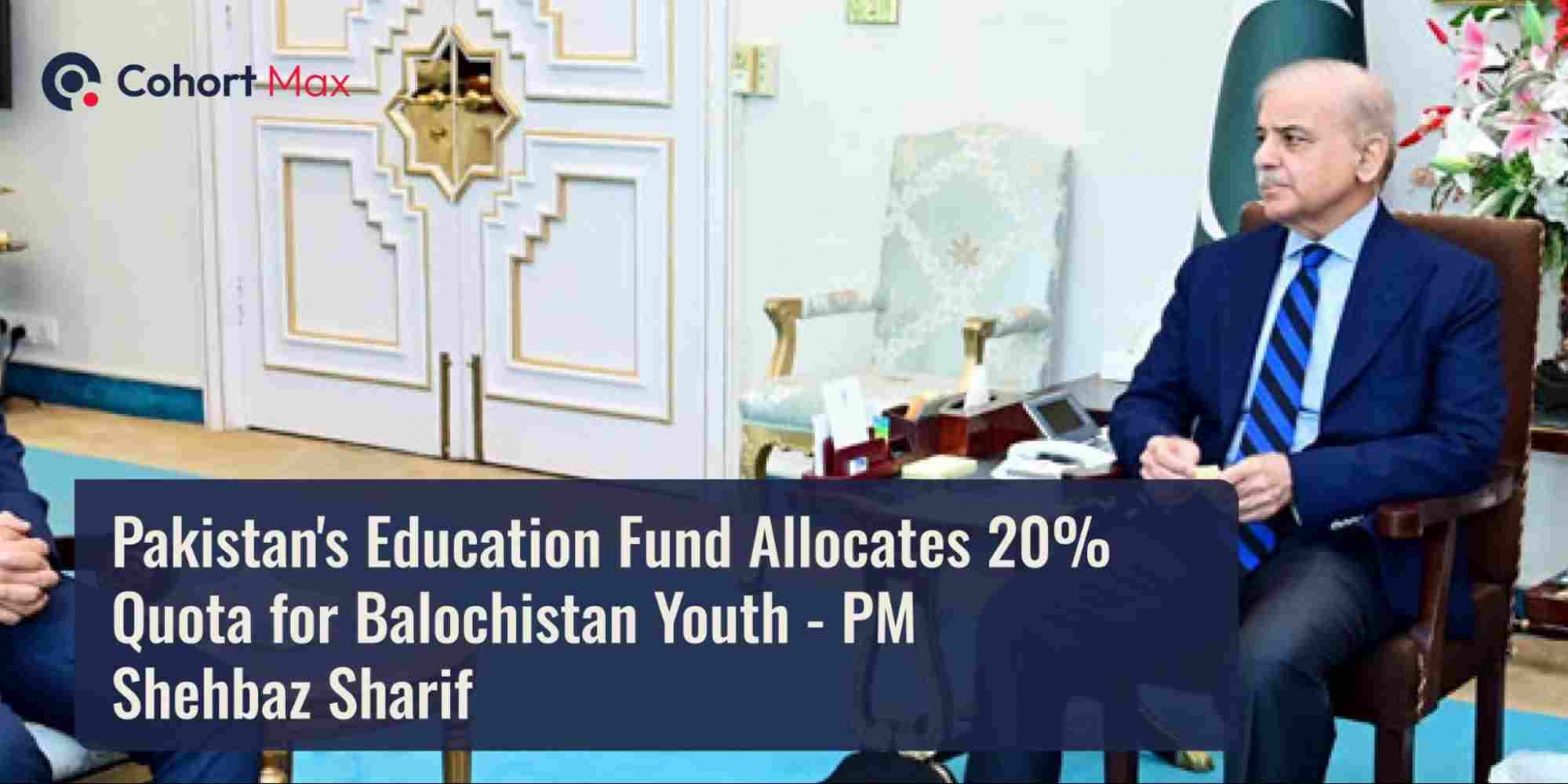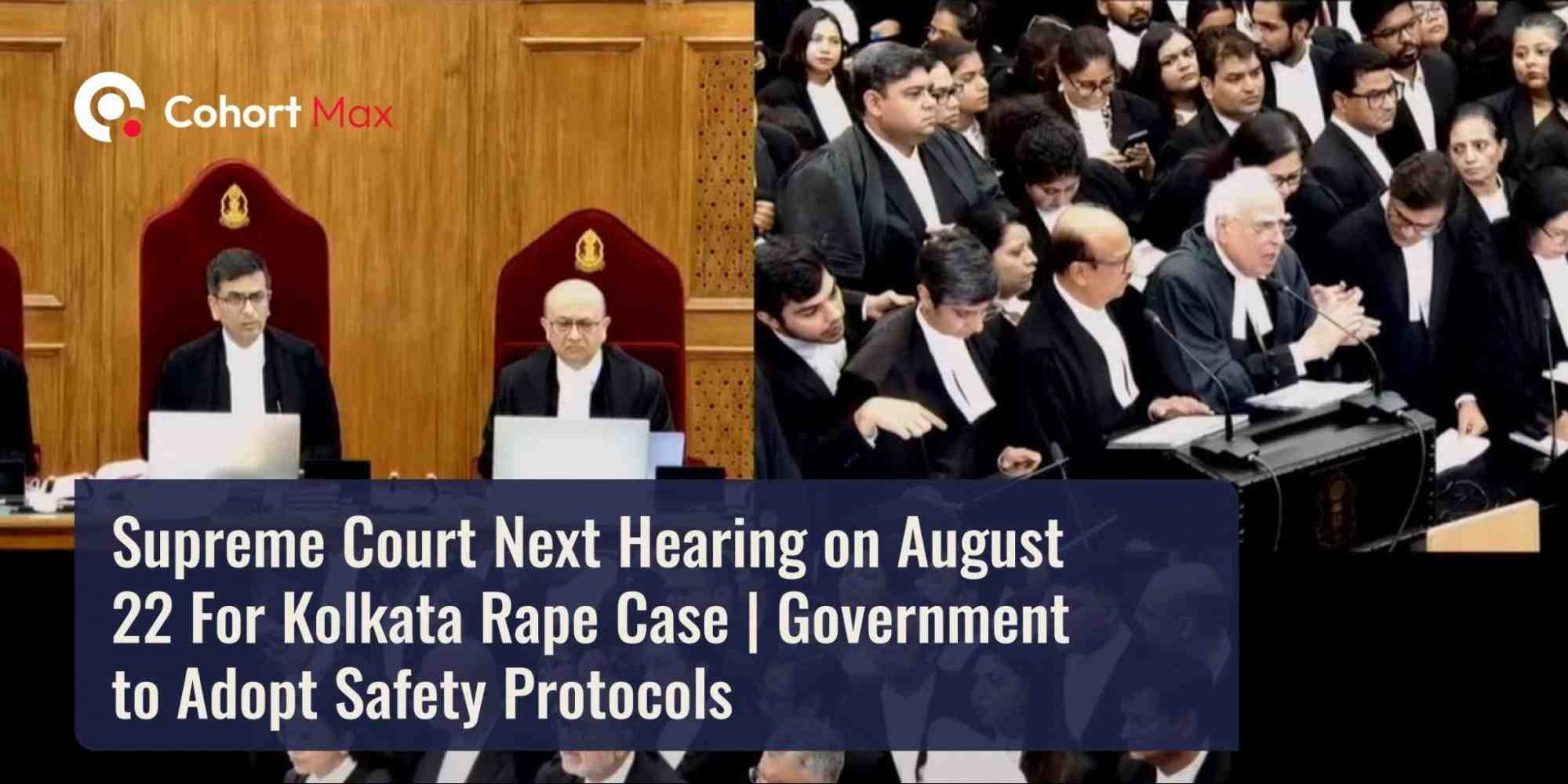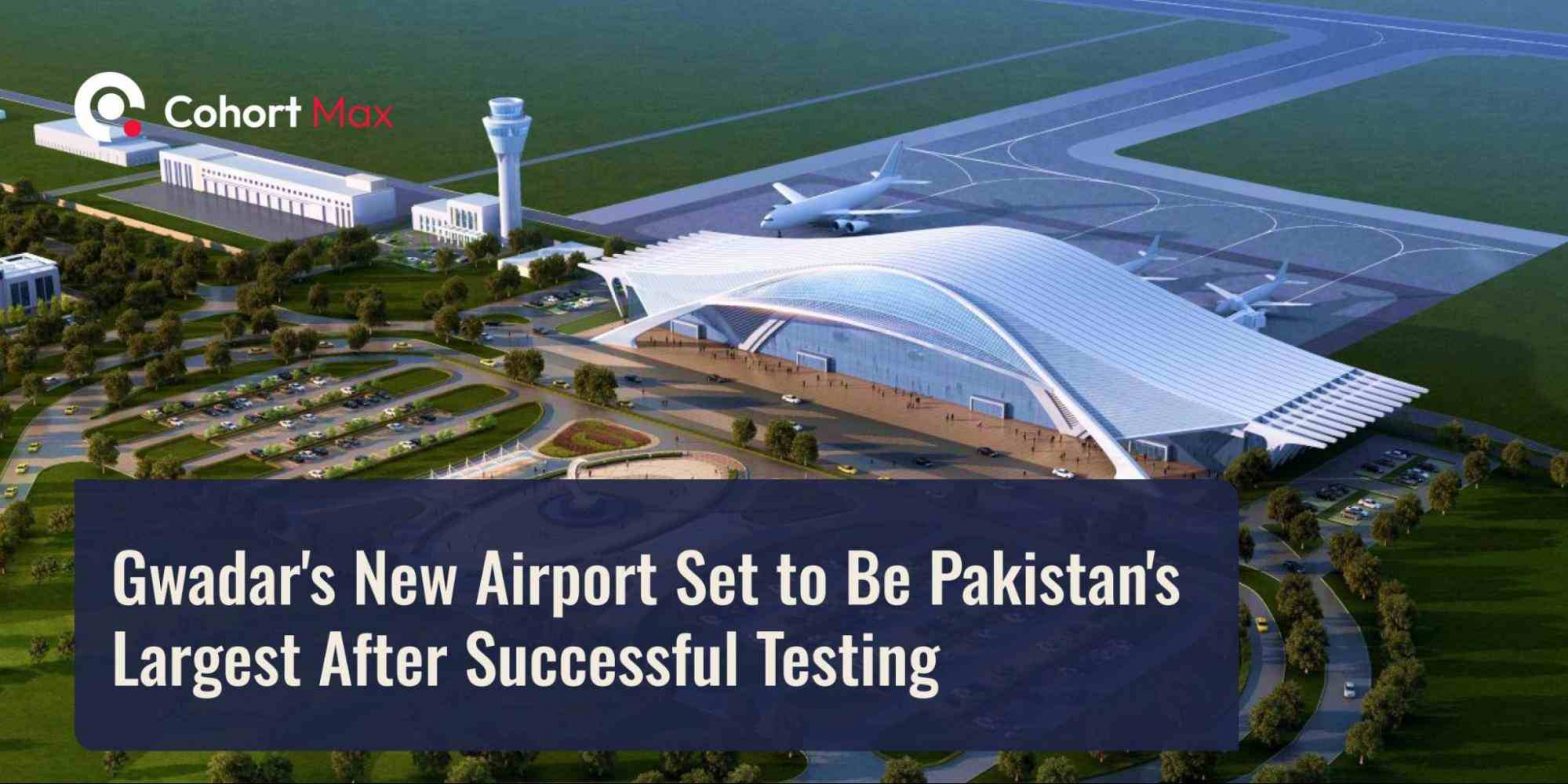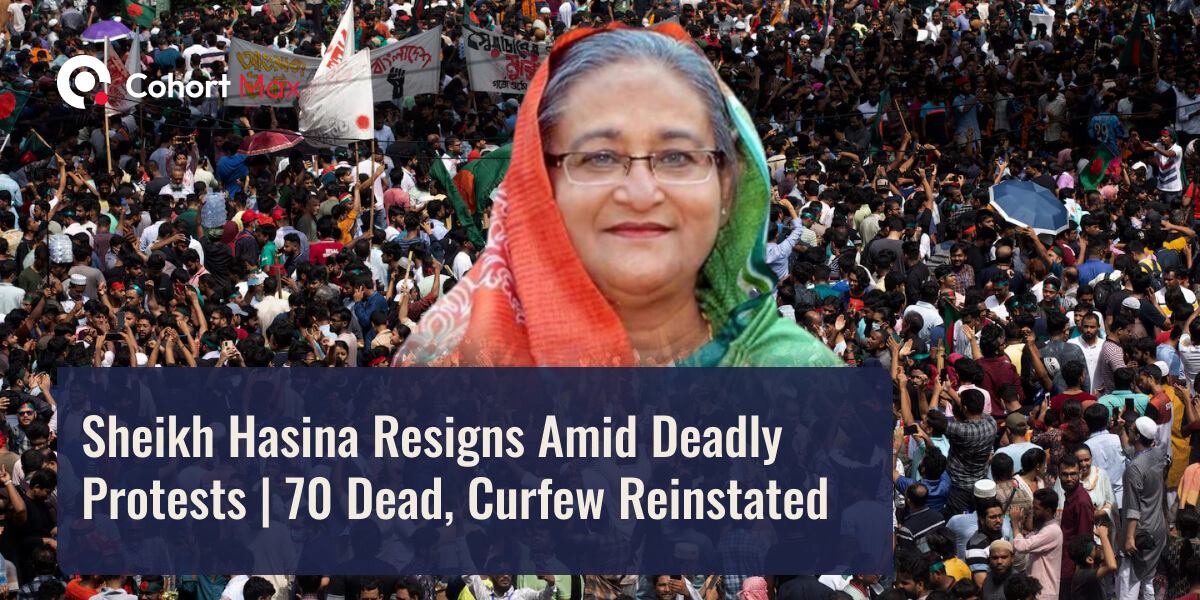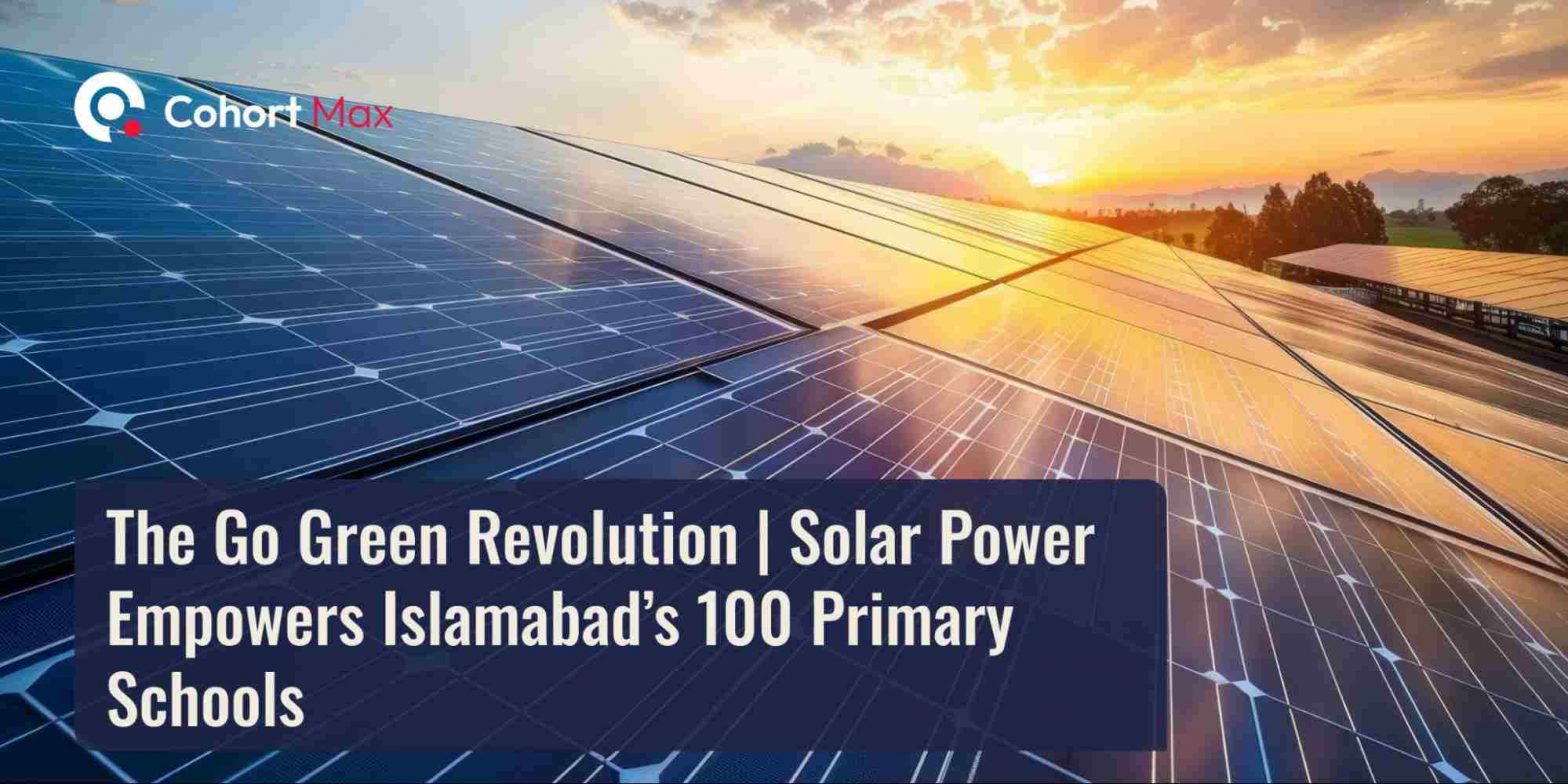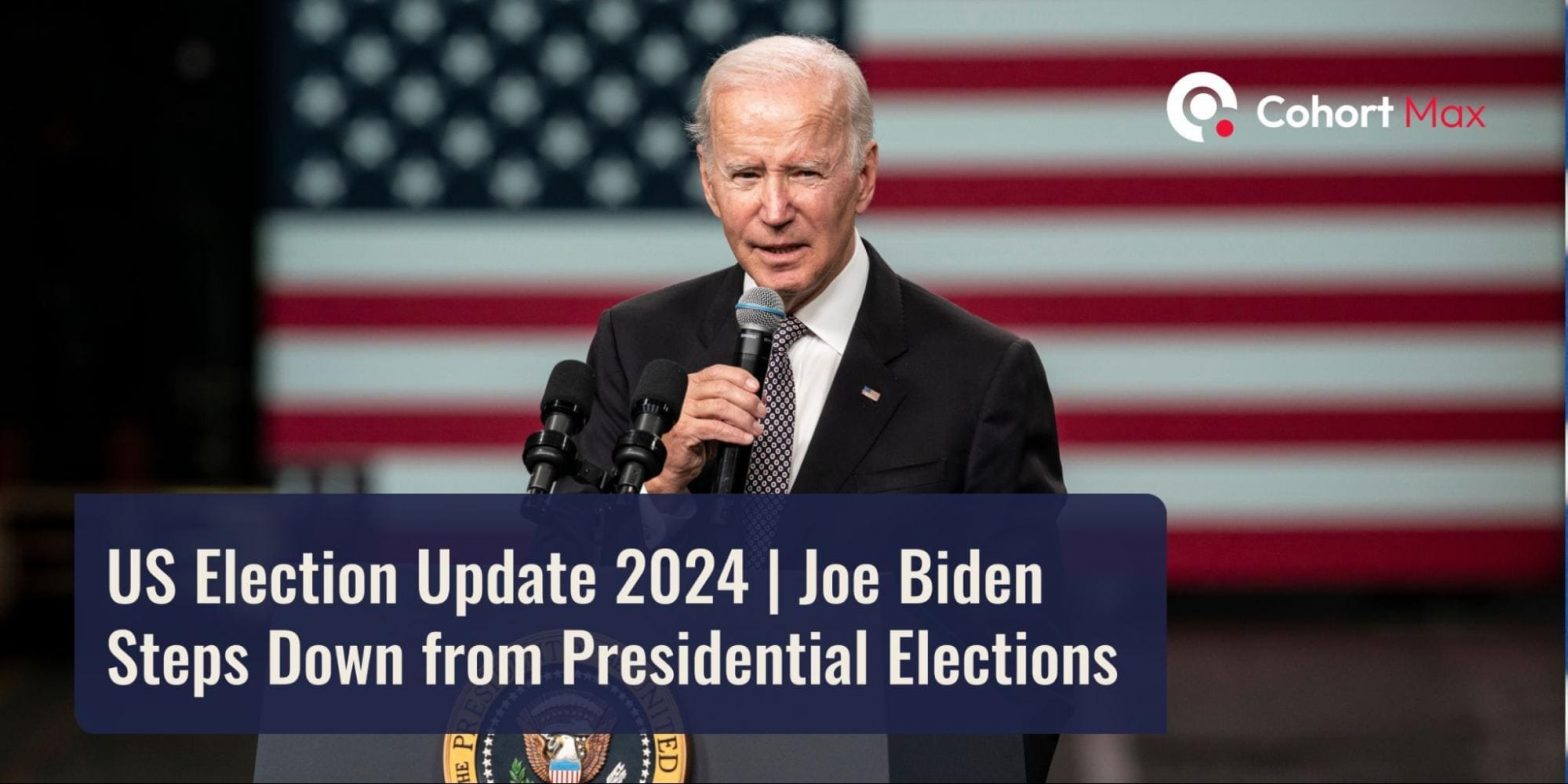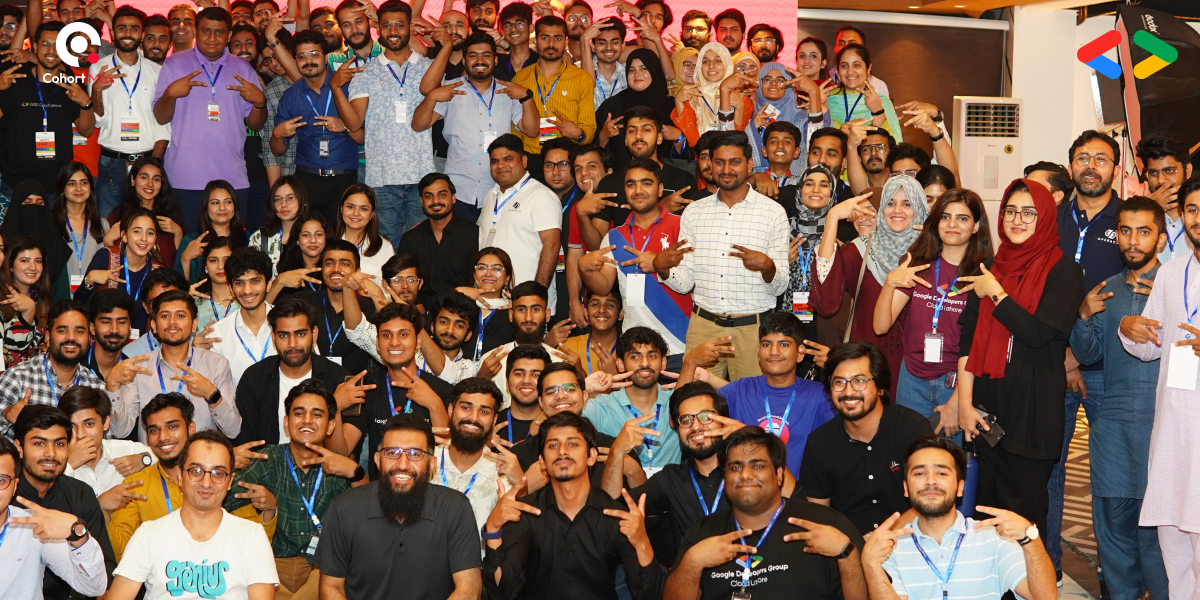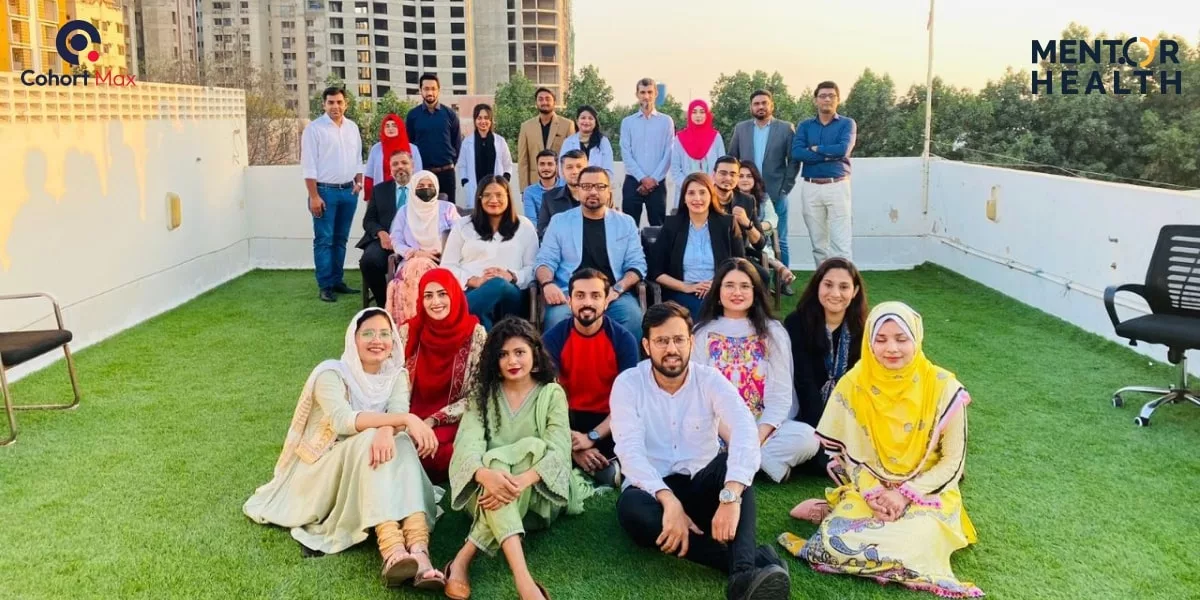In a historical event, the former U.S. President Donald Trump and Japan's first woman Prime Minister, Sanae Takaichi, signed a historic model of agreement to enhance the supply of rare earth...
View MoreThe Rise of Microdramas: Why Short-Form Stories Are Dominating the Screen
The emergence of microdramas: why short-form stories are conquering the screen. Microdramas are short, mobile episodic stories, and they are swiftly changing how people consume entertainm...
View MoreMelbourne Man Arrested, Dozens of Rare Labubu Dolls Worth about $9,000 Seized
The man is aged 40 and has been charged after police found 43 collectible Labubu dolls when they searched a property in the western Melbourne suburb of Airport West. The dolls, which are tho...
View MorePakistan to Wear Pink Kit in T20I Against South Africa for Breast Cancer Awareness
In a heartwarming gesture to support Breast Cancer Awareness Month, the Pakistan cricket team will don a special pink-themed kit during the first T20I match against South Africa at the Rawal...
View MoreUS and China Reach Framework for Trade Deal Ahead of Trump–Xi Meeting
The United States and China have reached a preliminary framework for a potential trade The US and China have already agreed on a rough outline of a possible trade deal, which paves the d...
View MoreMillions of Gmail Passwords Stolen in Massive Data Breach: What You Need to Know
A huge cyberspace attack has rocked the online space with news of more than 183 million Gmail usernames being revealed in a vast data breach. The breach, which was found by cybersecurity exp...
View MoreCost-of-Living Pressures Leave Australians More Isolated Than Ever
It has also been reported that a concerning pattern is traversing the entirety of Australia, as citizens are socialising than it has ever been, and the decrease is beginning to take its toll...
View MorePinterest Launches AI-Powered Features to Engage Gen Z and Promote a Healthier Social Media Environment
LBBOnline, an online publication, reported that Pinterest is taking considerable actions to re-establish itself as a player in the social media arena by launching new functions directly targ...
View MoreYouTube Supercharges Music Industry with Record $8 Billion Payout
SAN BRUNO, CA YouTube has declared a major milestone in its pursuit of the global music ecosystem, which has resulted in it paying out a staggering $8 billion to artists, labels, songwriters...
View MoreGold Prices Fall Back after Three-Year Sharpest Fall
On Wednesday morning, gold prices reversed, and the market shed its previous gains and extended losses following the dramatic 5% drop on Tuesday, the largest one-day decline in three years. ...
View MoreNew Zealand Parliament Gears Up for Heated Debate on Under-16 Social Media Ban
The parliament of New Zealand will discuss a historic bill that will prohibit children below the age of 16 from using social media sites. Making tech companies responsible for confirming the...
View MoreKing, Pope, Jedi, Superman: How Trump’s Social Media Blurs Political Reality
AndrewRojecki and TanjaAitamurto suggest in a new scholarly commentary that the social-media strategy employed by Donald J. Trump in the White House is progressively more of a spectacle, pop...
View MoreAlbanese Backs Kevin Rudd After Trump Criticism During Washington Visit
Albanese Defends Kevin Rudd After Trump’s Remarks in Washington Australian Prime Minister Anthony Albanese has defended his Australian Ambassador to the United States, Kevin Rudd, who was a...
View MoreMeta Removes Chicago Facebook Group Tracking ICE Agents After DOJ Request
Meta Platforms has also banned a Facebook group based in Chicago that was allegedly using it to monitor the movements of U.S. Immigration and Customs Enforcement (ICE) agents. The social med...
View MoreSnapchat Goes Dark: Massive AWS Outage Knocks Out Popular App and Sparks User Chaos
The world of the most popular social media application, Snapchat, was dragged into a state of digital darkness due to a massive internet outage associated with Amazon Web Services (AWS). The...
View MoreReddit vs. Meta: The New Social Media Showdown Which Stock Wins the AI-Powered Future?
With artificial intelligence continuing to transform the digital economy, the digital market leaders Reddit and Meta platforms (META) are fighting to be the dominant player in the next phase...
View MoreiPhone 17 & iPhone Air 2025 Release: Stunning Design, Powerful Features & Price Revealed
Apple has recently announced its 2025 iPhone line, with iPhone 17, iPhone 17 Pro, iPhone 17 Pro Max, and a new category called iPhone Air. These devices add upgrades in the areas of performa...
View MoreXi Seeks Stronger AI Cooperation and Regional Stability at SCO Summit
Tianjin, September 1, 2025 - Chinese President Xi Jinping is taking advantage of the Shanghai Cooperation Organisation (SCO) summit to request closer cooperation in artificial intelligence a...
View MoreSheikhani Group Starts Food Papa and Papa Ride, Promising 50,000 Jobs
[vc_row][vc_column][vc_column_text]Renowned American businessman Ali Sheikhani has announced the launch of two groundbreaking projects under the Sheikhani Group – Food Papa and Papa Ride. Se...
View MoreNew Slaughterhouse in Gwadar – Donkey Export to China Begin
Gwadar, Balochistan – A significant development in Pakistan’s agricultural and trade sectors has occurred with the establishing of the country’s first donkey slaughterhouse in the coastal ci...
View MoreBISE Lahore Class 10 Date Sheet 2025 is Out – Check Important Details Here!
The Board of Intermediate and Secondary Education (BISE) Lahore has released the long-awaited date sheet for Class 10 examinations for the year 2025. This is exciting news for students prepa...
View MoreFrom Pakistan to World Stage: Team Including Researcher Wins Super-Computing ‘Nobel’
A groundbreaking achievement in climate science has put Pakistan on the global map. Dr. Zubair Khalid, an associate professor at Lahore University of Management Sciences (LUMS), has become t...
View MoreAttention Pakistanis – UAE Announces A Simplified Work Visa Process
[vc_row][vc_column][vc_column_text]Pakistani nationals seeking work visas for the UAE must now provide a Police Character Certificate as part of the application process. This new rule, intro...
View MoreCM Maryam Announces ‘Honhaar Scholarships’ – Here is What You Need to Know
Punjab Chief Minister Maryam Nawaz Sharif officially inaugurated the ‘Honhaar Scholarship Program’ on Wednesday to support deserving students in achieving high-quality education. The launch ...
View MoreB2B Matchmaking Meeting Boosts Pakistan-China Textile Collaboration
The Embassy of Pakistan in Beijing and the Consulate-General in Shanghai, in collaboration with the Board of Investment (BOI), successfully hosted the fourth B2B matchmaking event in Jiangsu...
View MoreSocial Media Platforms Face Stricter Regulations Under Cyber Law Amendments
The government has drafted amendments to the Prevention of Electronic Crimes Act (Peca) 2016, aiming to combat misinformation and regulate digital spaces more effectively. The proposed Preve...
View MoreUrgent Health Alert | US Doctors Urge Immediate Action Against Vaping Epidemic
“Your lungs are for breathing, not experiments - choose health over the haze of vaping and e-cigarettes.” The American Medical Association (AMA), one of the country’s lead...
View MoreOnline Bullies and Under 16 Users – Is Australia’s Social Media Ban the Answer?
Kirra Pendergast, founder of cyber safety organization Safe on Social, faced unprecedented hostility from 12 and 13-year-old students during a school talk in Brisbane. The session was disrup...
View MoreJaguar’s “Copy Nothing” Bold Campaign is Driving Digital Buzz Across the Internet
Jaguar’s rebranding campaign “Copy Nothing” has taken the internet by storm, but not entirely for the reasons the carmaker might have hoped. While the campaign was designed to give Jaguar a ...
View MoreElon Musk’s SpaceX Starship Test Faces Booster Catch Glitch During Trump Visit
"Starship is by far the most powerful flying object ever created" - Elon Musk. SpaceX has conducted another aspiring test of its Starship rocket system in Boca, Texas, Ch...
View MoreMark Your Calendar and Get Ready – FinTech LIVE Dubai 2025 is Coming
The countdown is on! FinTech Live Dubai is one of the most awaited financial industry events coming your way on May 6th, 2025. The annual digital conference is once again ready to connect th...
View MoreToyota and Joby Mark First Air Taxi Success in Japan Achieving New Milestones
In a remarkable achievement, Toyota Motor Corporation and Joby Aviation completed the first international exhibition flight of Joby's electric air taxi. The flight took place at Toyota’s Hig...
View MoreNvidia’s Triumphant Return to the Top | Surpasses Apple as World’s Biggest Company
Amid the rapid advancements of tech giants, where market valuations can shift with the snap of a finger, Nvidia has once again emerged victorious. Just a few months ago, Apple reigned suprem...
View MoreTrump’s Sentencing in 3 Weeks | Legal Experts Predict Further Delays
The nation’s first convicted-criminal-turned-president-elect, Donald Trump, is set to assume the White House instead of facing a sentencing hearing scheduled for November 26. Legal experts w...
View MoreOxford Partners with Malala Fund to Revolutionize Teacher’s Training in Pakistan
In a groundbreaking step for education in Pakistan, the University of Oxford has signed an agreement with the Malala Fund to support the NGO 'Durbeen' in developing a teacher-educator traini...
View MoreBank Alfalah Launches Alfa App and Pakistan’s First Instant Credit Cheque Deposit Kiosk
Bank Alfalah, Pakistan’s leading digital bank, has launched a new mobile banking application called Alfa. The app aims to offer more than traditional banking by becoming a “digital lifestyle...
View MorePCB Chairman Mohsin Naqvi Departs for ICC Meeting 2025 in Dubai
Pakistan Cricket Board (PCB) Chairman Mohsin Naqvi has left for Dubai to attend a crucial ICC Board meeting today. This meeting is part of ongoing discussions surrounding the ICC Champions T...
View MoreCPEC’s Role in Strengthening the Pakistan-China Economic Growth and Geopolitics
The Pakistan-China partnership, strengthened by CPEC, drives Pakistan's economic growth through infrastructure and energy projects with promising future potential. Pakistan ...
View MoreGITEX GaLOBAL 2024 – Dubai to Host the World’s Largest Tech Event
Today marks the official start of GITEX GLOBAL 2024, the world’s largest tech and startup event hosted in the UAE. This year, the event enters its 44th edition under the theme 'Global Collab...
View MorePKIC Partners With Systems Limited And Temenos For Core Banking Revolution
The Pakistan Kuwait Investment Company (Pvt) Limited (PKIC), a key development financial institution, has announced a strategic partnership with Systems Limited. This collaboration is set to...
View MoreTurkish Company’s Bid for Islamabad Airport Outsourcing ‘Approved’
In a significant development, a Turkish company’s bid for the outsourcing of Islamabad International Airport has been technically approved, according to well-placed sources reported by ARY N...
View MoreFirst Indian Foreign Minister in 10 Years to Visit Pakistan for SCO Summit
In a significant diplomatic development, Indian Foreign Minister Subrahmanyam Jaishankar will visit Pakistan later this month to participate in the Shanghai Cooperation Organisation (SCO) su...
View MoreTerrorist Attack Near Karachi Airport Leaves Two Chinese Nationals Dead
Karachi, Pakistan: Two Chinese nationals lost their lives in a tragic explosion near Karachi's Jinnah International Airport on Sunday night, an attack that was later claimed by the Baloch Li...
View MoreEngland Cricket Team Lands in Pakistan | All Set for Test Series
The England cricket team has arrived in Pakistan to compete in a highly anticipated three-match Test series. Led by star all-rounder Ben Stokes, the team will begin their practice sessions o...
View MoreIsrael Under Attack: Iran Fires Over 180 Missiles, Escalating Regional Conflict
Iran's missile assault on Israel triggered a swift defense response, but despite efforts, key targets were still hit in a dramatic escalation of tensions. Israeli Prime Minister Netanyahu ha...
View MorePAKSAT-MM1 | Pakistan’s First Multi-Mission Satellite is Now Operational
Pakistan has reached a significant milestone in its space and digital development with the successful launch and operation of its first multi-mission satellite, PAKSAT-MM1. The satellite, wh...
View MorePakistani Entrepreneur Zain Ashraf Receives Global Islamic Finance Award 2024
Zain Ashraf Mughal, a renowned social entrepreneur from Pakistan, has been awarded the Global Islamic Finance Award (GIFA) 2024. His efforts have led to the education of 6,000 children and t...
View MoreMDCAT 2024 | Clarifications On Misconduct From University Authorities
Dr. Sarosh Lodhi, the Vice-Chancellor of NED University, has clarified that the institution is not accountable for the maladministration during the recent Medical and Dental College Admissio...
View MoreLebanon Explosions Kill 20, Hundreds Injured | Hezbollah Vows Revenge
At least 20 people have been killed and 450 injured after a series of explosions rocked Lebanon on Wednesday. The blasts, reportedly caused by remotely detonated walkie-talkies used by Hezbo...
View MorePakistan Wins Bronze in Asian Hockey Trophy After 8-Year Wait
"After an arduous wait of eight years, Pakistan has triumphantly claimed a well-deserved bronze medal in the Asian Hockey Champions Trophy, securing victory over South Korea in the intense t...
View MoreICC Delegation Arrives in Pakistan to Inspect Champions Trophy Preparations
Karachi, Pakistan – A six-member delegation from the International Cricket Council (ICC) is set to arrive in Pakistan tonight for a four-day visit, during which they will evaluate preparatio...
View MoreIran Successfully Launches Chamran-1 Research Satellite into Orbit, Advancing Space Program
Tehran asserts that its satellite launches are intended for civilian purposes, focusing on scientific and defense advancements. However, Western nations remain cautious, warning that the sam...
View MorePakistan Qualifies to Semi-Finals in Asian Hockey Champions Trophy with Convincing 5 – 1 Win Against China
Hulunbuir, China – In a dominant display of hockey, Pakistan’s national team sealed their place in the semi-finals of the 2024 Asian Hockey Champions Trophy with a commanding 5-1 win over Ch...
View MoreWomen’s T20 World Cup 2024 – Official Players, Schedule, Live Score and Tournament Format
The excitement is building as the 2024 ICC Women's T20 World Cup draws closer, bringing together ten of the best teams from across the globe. Cricket enthusiasts worldwide are eagerly antici...
View More12 Rabi al Awal 2024 to Fall on September 17th | Explore The Spiritual Significance
For many, 12th Rabi ul Awal is not just a day of celebration but a time for deep personal reflection and spiritual renewal. It is a moment when Muslims around the world pause to assess how c...
View MoreComplete Schedule for Champions One-Day Cup 2024: Fixtures, Timings, and Venues
Are you ready for an exciting cricketing spectacle as the Champions One-Day Cup 2024 kicks off at the historic Iqbal Stadium, Faisalabad? From September 12 to September 29, the stadium will ...
View MoreEmpowering Gaming Industry: Google’s Ongoing Support for Pakistan’s Digital Future
The global gaming industry is one of the fastest-growing entertainment sectors, and Pakistan is quickly emerging as a key player in this field. With a young and tech-savvy population, increa...
View MorePunjab Cabinet Sanctions Reduced Electricity Bills for Punjab, Islamabad Residents
On Thursday, the Punjab cabinet approved a two-month relief on electricity bills for residents of Punjab and Islamabad who consume up to 500 power units. This decision aims to provide much-n...
View MoreExpand the EU AI Act: A Crucial Step to Protect Palestinian Rights Amid Gaza Conflict
The European AI Act must extend its reach beyond borders, ensuring that AI technologies do not fuel oppression and violence in Gaza. Protecting Palestinian lives demands a global commitment ...
View MoreTelegram Founder Pavel Durov Detained in France Amid Controversy Over Platform’s Moderation
"Pavel Durov's arrest in France highlights the growing tension between tech innovation and government regulation, as Telegram's founder faces scrutiny over the platform's moderation practice...
View MoreLahore & Karachi Stadiums on Track for Champions Trophy, PCB Confirms
PCB Chairman Reassures: "Our main target is that these stadiums are ready before the Champions Trophy" The Pakistan Cricket Board (PCB) remains optimistic about completing renovations...
View MorePakistan’s Education Fund Allocates 20% Quota for Balochistan Youth – PM Shehbaz Sharif
"Pakistan Education Endowment Fund has been established, thanks to which children from poor families will be able to get higher education. A 20% quota has been allocated for the youth of Bal...
View MoreApple to Launch iPhone 16, New Apple Watch, and More with AI Features at September 10 Event
"Get ready for Apple’s latest innovations! On September 10th, new iPhones, Apple Watches, and AirPods will be revealed, with the iPhone 16 hitting stores on September 20." A...
View MoreSecure Your Seats Today – Ticket Prices Out for Pakistan vs Bangladesh Test Series
"Don't miss your chance to witness history – secure your seat and cheer on Pakistan as they take on Bangladesh in a clash of champions!" Tickets for the highly anticipated t...
View MoreSupreme Court Next Hearing on August 22 For Kolkata Rape Case | Government to Adopt Safety Protocols
The Kolkata rape case has revealed critical flaws in protecting healthcare professionals. The nation must demand urgent reforms as the Supreme Court prepares for the next hearing on August 2...
View MoreBroad Peak Claims Another Life: Murad Sadpara Passes Away at 8,047 Meters
"Murad Sadpara's tragic passing leaves a void in the mountaineering world, but his legacy of bravery and dedication will continue to inspire generations to come." The mounta...
View MoreGwadar’s New Airport Set to Be Pakistan’s Largest After Successful Testing
“The New Gawadar Aiport symbolizes a new era in Pakistan’s aviation, ready to be the biggest and most advanced gateway, driving connectivity and economic progress.” The New Gwadar Int...
View MoreAnother Golden Glory for Pakistan | Amir Khan Wins World Taekwondo Championship
Amir Khan from Swat has brought pride to Pakistan by winning gold at the World Taekwondo contest. His victory inspires a new generation of athletes nationwide. In a historic achieveme...
View MoreHistoric Victory: Arshad Nadeem Outthrows Neeraj Chopra for Olympic Gold in Javelin
Arshad Nadeem has made history by clinching Pakistan’s first-ever track and field medal at the Olympics, winning gold in the men’s javelin final in Paris. The 27-year-old athlete dethroned d...
View MoreSheikh Hasina Resigns Amid Deadly Protests | 70 Dead, Curfew Reinstated
[vc_row][vc_column][vc_column_text] Latest Update Bangladesh Army Chief Waker-uz-Zaman has announced the formation of an interim government amidst rising unrest and Prime Minister S...
View MoreLahore Hit by Record Rain in Just 3 Hours – A 2024 Catastrophe
[vc_row][vc_column][vc_column_text] “Lahore experienced an unprecedented weather event in 2024, with record-breaking rainfall inundating the city in just three hours. This catastrophi...
View MoreBitcoin Falls Back After Brief Surge to $70K
Bitcoin is on track to close out July with substantial gains despite a sharp pullback to below $54,000 earlier in the month. The cryptocurrency briefly surged past $70,000, showing resilienc...
View MoreHamas Leader Ismail Haniyeh Assassinated in Tehran Amid Rising Tensions
In a dramatic escalation of regional tensions, Hamas’s political chief, Ismail Haniyeh, was assassinated in Tehran, Iran's capital, early Wednesday morning. Hamas, the governing authority of...
View MoreThe Go Green Revolution | Solar Power Empowers Islamabad’s 100 Primary Schools
The considerable move of Federal Education and Professional Training, Islamabad to reduce the cost of electricity and promote sustainability has come up with the a plan to convert 100 primar...
View MorePakistan to Host ICC Champions Trophy 2025
Pakistan is well-versed in organizing important cricket tournaments. Pakistan hosted the 1992 Cricket World Cup, which proved to be a historic occasion as Pakistan won. Hosting the ICC Champ...
View MoreUS Election Update 2024 | Joe Biden Steps Down from Presidential Elections
[vc_row][vc_column][vc_column_text] President Joe Biden has officially announced his exit from the presidential election 2024, endorsing Kamala Harris to face Donald Trump. He stated ...
View MoreTracking Invests in Ozoned Digital for Saudi Arabia Expansion
RIYADH, KSA, June 19th, 2023. Ozoned Digital today announced an investment by Tracking, to help strategically expand its operations in the Kingdom of Saudi Arabia. Ozoned Digital will work w...
View MoreGDG Cloud Lahore – Empowering Tech Ecosystem with the Latest Advancements in Cloud Computing
GDG Cloud Lahore is a dynamic community of developers united to share expertise on cutting-edge resources and technologies from Google Developers, emphasizing the revolutionary Google Cloud ...
View MoreTapmad Brings the Untold Story of Pakistan’s Historic 1992 Cricket World Cup Win with “Cornered Tigers: The 1992 Story”
Tapmad, Pakistan's leading OTT platform, proudly presents an exclusive docuseries that delves into the triumph of Pakistan's national cricket team in the iconic 1992 Cricket World Cup. Title...
View MoreMentor Health Collaborates with Cohort Max for Industry Recognition and Foster Business Growth
Mentor Health, an integrated health fintech ecosystem, is redefining the industry through innovative technologies and patient-centered approaches. The company offers a comprehensive solution...
View MorePlanet42 Raises $100M in an Equity and Debt Round
Plant42, a car subscription firm based in South Africa, buys second-hand cars from car salesmen, which has raised $100 million in equity and debits from many stakeholders. Plant42 is an e...
View More











